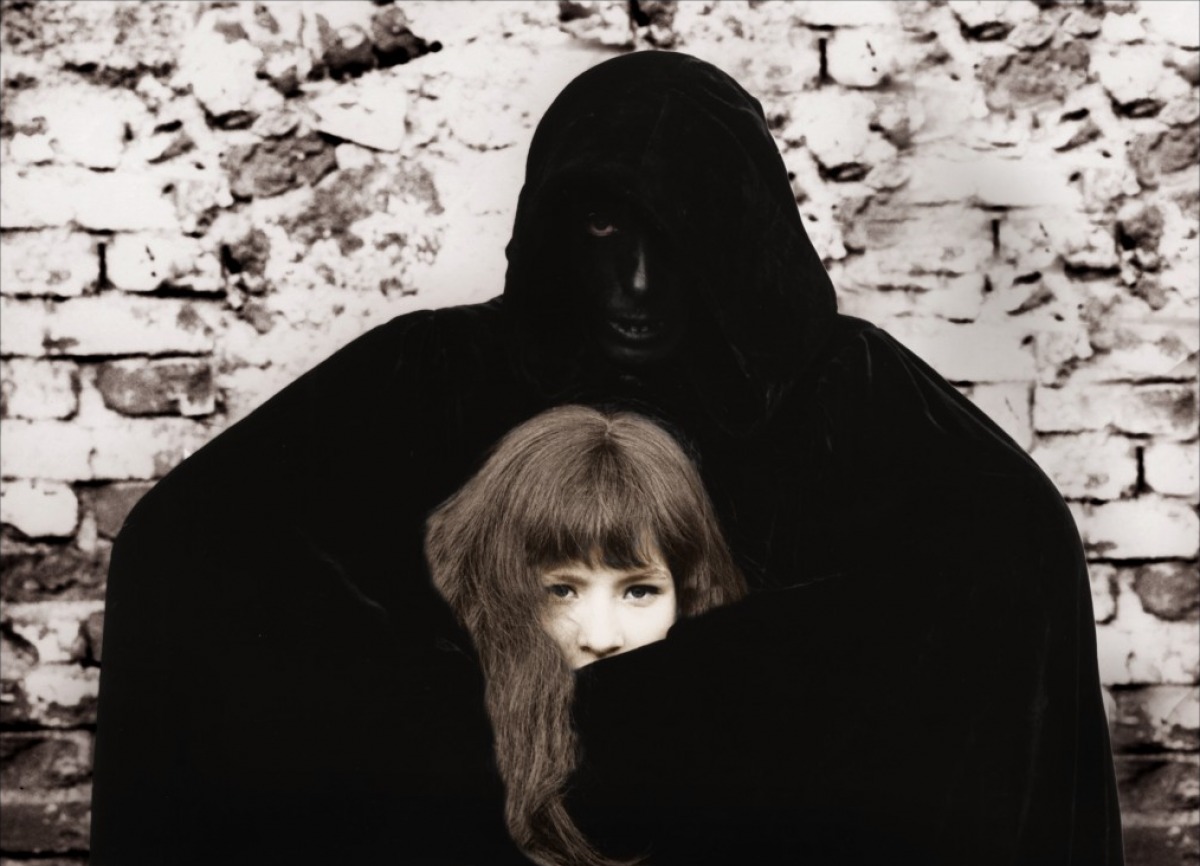
It immerses the viewer in a world which has no definite boundaries, where time and space are in flux, but which feels intimately knowable, and where sense arises from poetic truth rather than cause-and-effect. In this way, it recalls Valerie And Her Week Of Wonders (1970), Jaromil Jires’ heady adaptation of Surrealist Vitezslav Neval’s poetic novel, which was seen by Angela Carter and became a major influence on her work.
Like Company of Wolves, it revolves around a young girl whose first period precipitates a bizarre nightmare, full of riotous erotic symbolism, in which the girl is seduced by her stepfather, who just happens to be a vampire and looks like the classic woodcut of Death, and is terrorised by a sex-crazed, gyrating priest who wears his crucifix like a medallion.
At no point is the audience quite sure what is real or what is not. It’s gloriously anti-authoritarian, taking sideswipes at the patriarchy and the church, and instead invoking, through its gorgeous cinematography, the pleasures of the sun, flesh, wine, fruit – in short, the earthy and the sensual. This gives it a truly pagan feel, akin to that of The Wicker Man (1973), and one which it shares with nearly all the films in the fairy tale cycle – the loss of innocence as a return to simpler, more fulsome pleasures as opposed to the entry into sin.
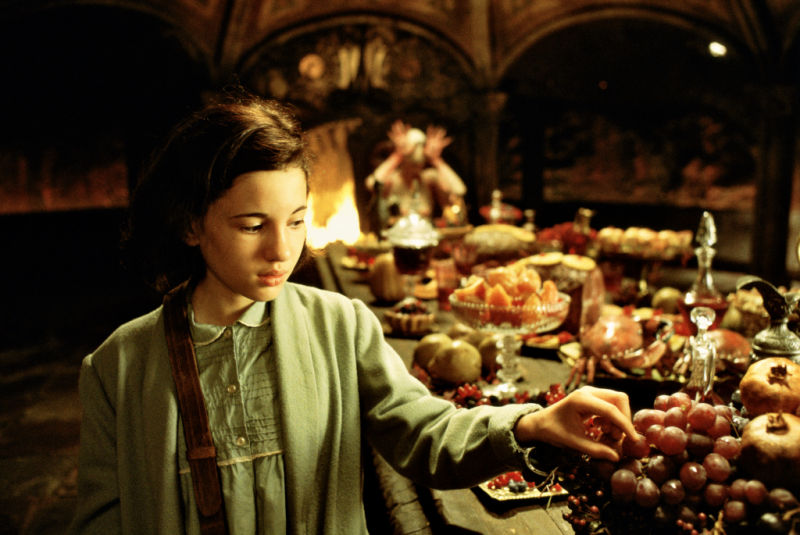
Guillermo del Toro’s Pan’s Labyrinth (2006), itself influenced by Company of Wolves, continues this thematic approach, pitting a young Spanish girl against an evil stepfather, this time an avatar of the State – Franco’s brutal new Fascist regime – and watching her win through with the help of a devious faun and through her encounters with other monsters from a pre-Christian past.
Though storybook in its styling, it revels in gory violence and grotesque depictions of the threatening adult as plucked from the child’s imagination, such as the naked man with eyes in his hands. Less sexually oriented than its predecessors, it nevertheless hums with the same gleeful pleasure in unravelling the father’s certainties and the concomitant growth in power of the young female.
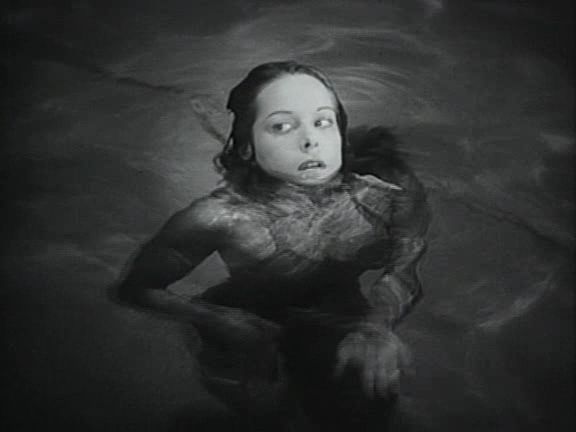
Power and transformation – these are the watchwords of this curious genre, where femininity is threatened on all sides, but through that threat develops and discovers the potential within its own nature. True, that feminine power can sometimes be self-destructive, as in Jacques Tourneur’s Cat People (1942), in which the sexual impulse itself turns the heroine into a raging panther, ready to claw her rivals to death (a darker, more ambiguous take on the female predator from La Bete).
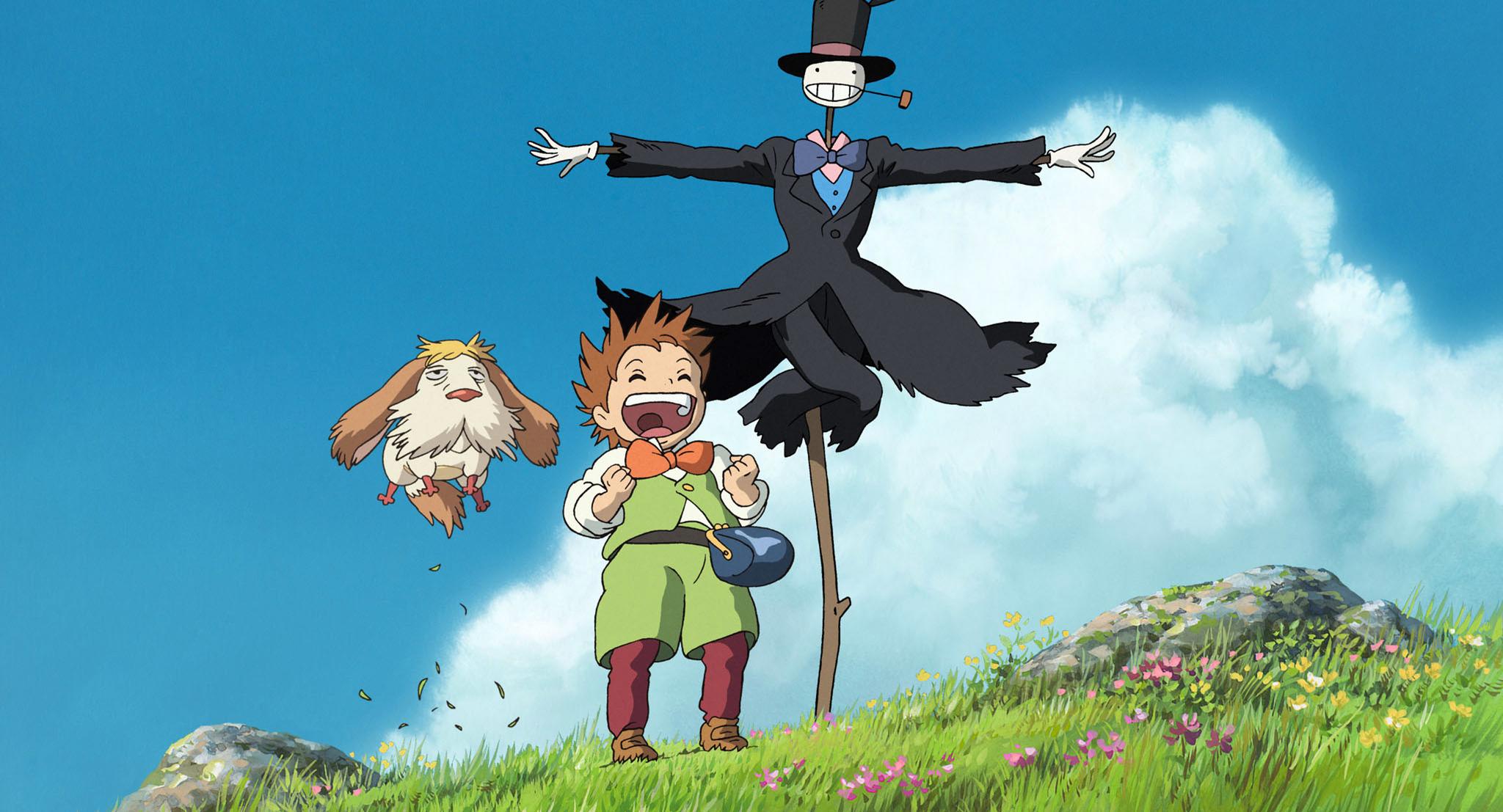
Or it can initially seem undermined, as when shy hat-maker Sofi is changed into a wheezing old crone in Howl’s Moving Castle (2004), only to find that through her newfound wisdom and the different way she is treated by all around her, she can more fully come to understand and help the troubled wizard she falls in love with.
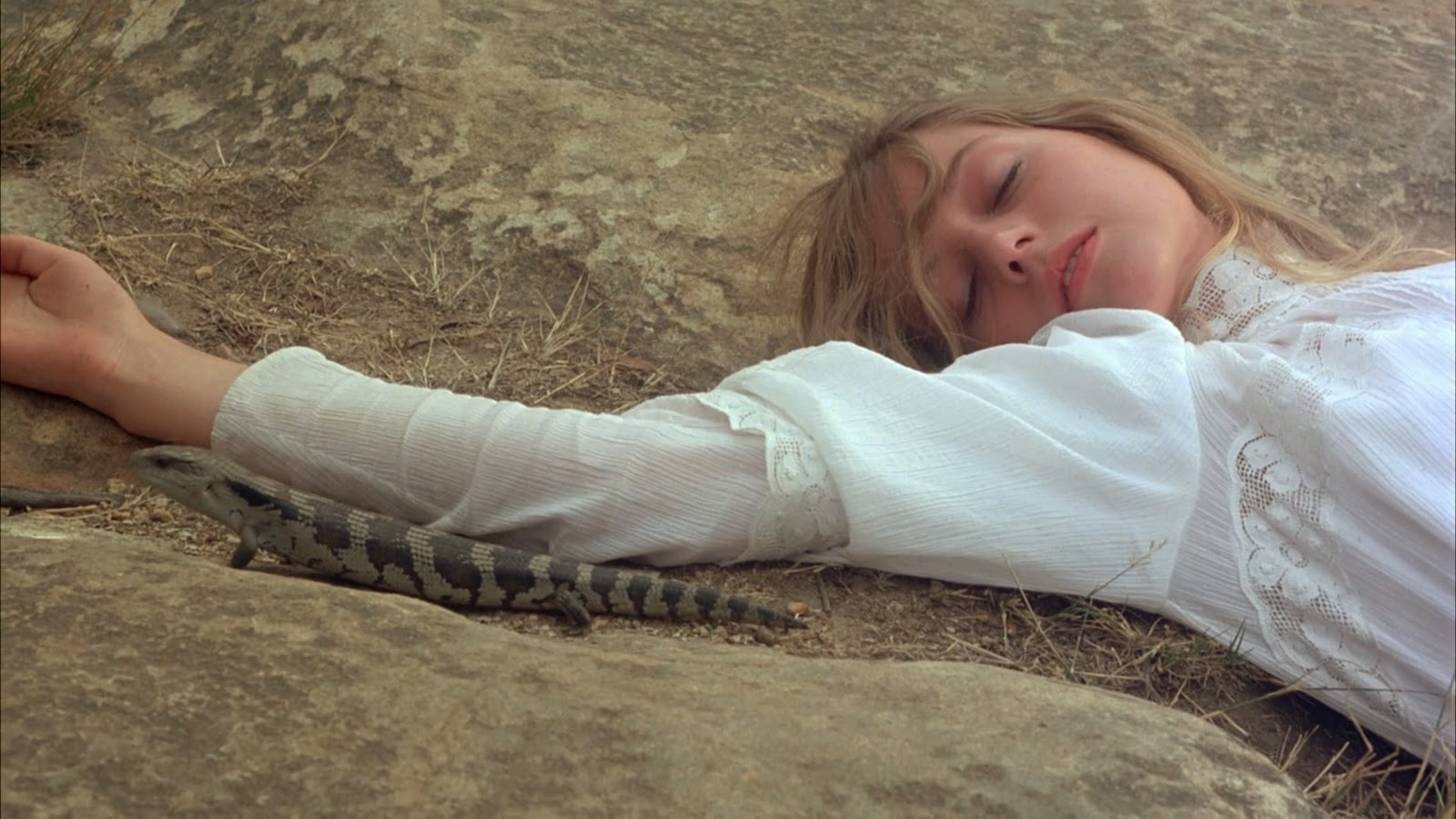
In Picnic At Hanging Rock (1975), the young women disappear altogether, transformed into nothingness, never to return to the narrative again. But even here, there is the impression that, rather then being rubbed out of existence, or killed by man or beast, as the townspeople fear, they have actually transcended to a higher state of being, become one with the land, whose baleful, indomitable presence dwarfs – overpowers – the human settlement it surrounds.
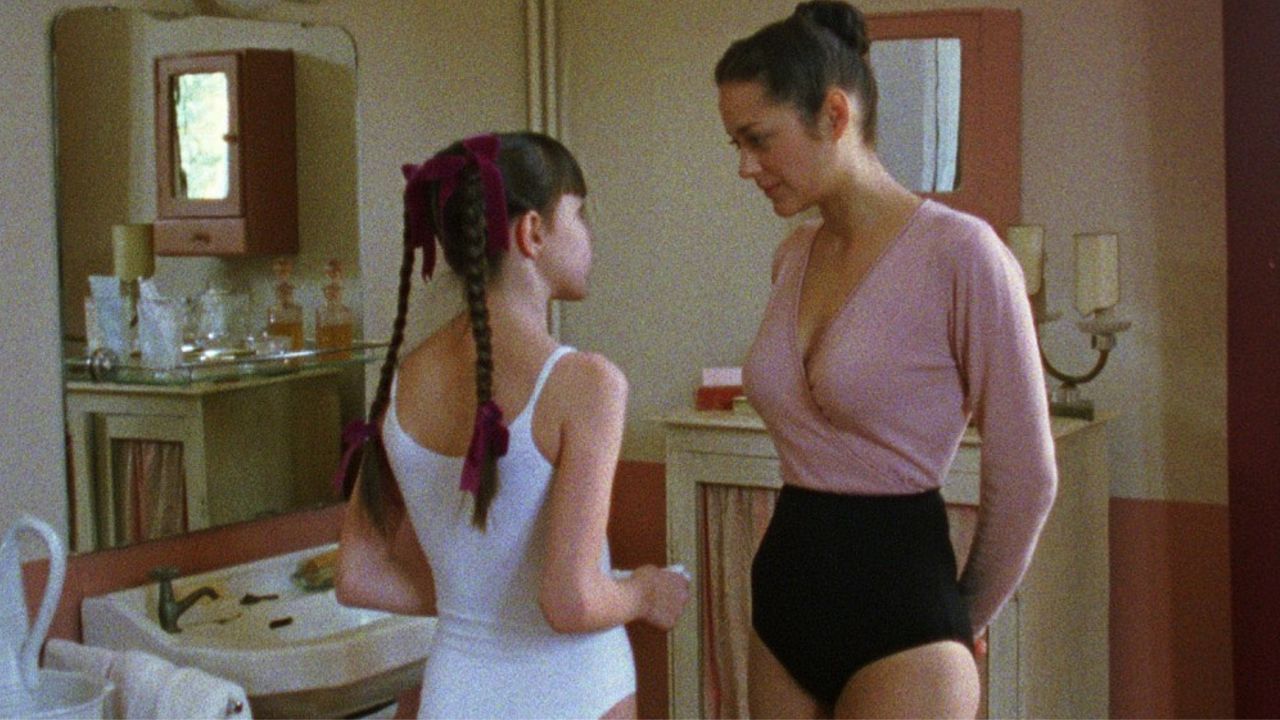
But despite all these weird and wonderful transformations, the crucial one remains that of a girl into a woman. And no film better sums up that transition – or this oddball set of films – than Lucile Hadzihalilovic’s sadly neglected Innocence (2004).
Set in an isolated boarding school (note how so many of these stories represent innocence through the metaphor of a closed-off environment like a school, a castle, a nunnery), it follows the young pupils as they go about their daily routine of lessons, play, and bickering. But each night, the eldest is called upon to take a part in a secret ballet performance put on for an audience of unseen adults, their faces hidden in the shadows of a makeshift auditorium.
There’s the uncomfortable suggestion that she is being put on display, that her growing beauty is being offered as a selling point for her future outside the school, a sense compounded by the evident dread felt on her behalf by her teachers. The moment duly comes when she must make her way in the world; she and her peers are taken by underground train to the city.
Cold, imposing buildings… But then, Hadzihalilovic pulls a trick on the viewer; it is she who has been leading them up the garden path. Far from being terrorised, her young heroine finds herself in a sunny park. She kicks off her shoes and jumps into the fountain, and as the jet of foamy water spurts high into the air (no explanation required), she spots an eager teenage boy approaching her and smiles…
Throughout the narrative, the director has been playing with the usual assumptions of a western, Christian audience – that innocence is an Edenic state before the fall into something more slippery and treacherous. But Hadzihalilovic rejects this notion, instead presenting childhood as a time of fear and paranoia, when the female feels feeble because they are prevented from knowing the full story surrounding their lives.
Entry into womanhood therefore becomes a moment of empowerment and greater understanding, the transformation into sexual being a fully positive outcome. In this way, Hadzihalilovic links back to the revolutionary, pagan spirit of Valerie; because when that young girl smiles, she is no longer innocent, and yet, at the same time, she is also not a beast. She is free.
Author Bio: Mike is a freelance film writer, currently living in London, who has written for the BFI Screenonline database, Moviemail and horror movie site, Zombie Hamster. He also subtitles TV and films for the hearing-impaired and prepares audio description for the blind.